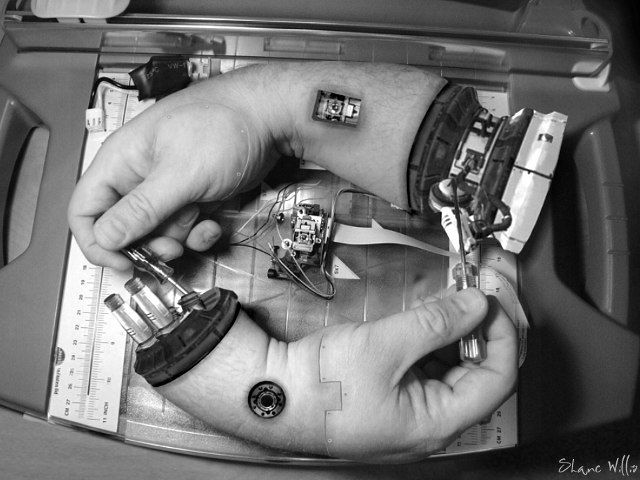From Agents to Artifacts Back and Forth
In MAS, environment is considered as a monolithic and centralised component. This paper proposes a model based on artifacts. An artifact has (i) an user interface that provide operations for using it, (ii) the observable state, (iii) a mechanism to signal to external artifacts and (iv) a link interface to link to other artifacts.
But artifacts are not agents, they only react, they’re passive. And they are not objects either. A sample is shown in Cartago architcture. From the agent viewpoint, artifacts embedded operational and epistemic functions.
Towards Agent-Oriented Model Driven Engineering
To create MAS is a complex activity and many methodologies integrate MDE principles. MDE is based in the concept of model. They’re talking abut how differente methodologies, such as Ingenias or Adelfe are using MDE concepts. Some considerations: (i) concepts are still evolving, (ii) own semantic concepts, (iii) a wide range of levels of abstraction. They propose Model transformation By Example (MTBE), creating automatic transformation between pairs of models and shows some examples about how it works. The idea is to provide the tools with pairs of models that correspond to a transformation, so the systmen could learn from the and apply it to other cases. An very intersenting open issue-future work is how to include negative examples.
Reducing Communication Cost Via Overhearing
Showing how to reduce the communnoication cost by using mediators that filter invalid illocutions. The cost depends on the bandwith of the communication channel and the ammount of CPU (processing time) used to detect invalid illocutions. Interesting… and some ideas that I can use for SF distribution.
Towards Organizational Agent-Oriented Operating Systems
(Confirmado… Pixel sabe leer :-) Agent are complex systems but agents and even their platforms have no help from the operative system (OS), so they (we) are trying to define-and meybe to create-an OS that incorporate more complex abstractions to facilitate the execution of the agents.
Instead of being the process the basic exectional entity, agents organisations are included into the OS. Its based on a client-server view (I don’t like it), where there’re agents that provide services and others than ask from them. Services can be classified into two types: operations and resources. Operation serv. are sw services executed by an agent (open) and Resource serv. are hw services provided by devices.
What’s the difference between this proposal and middleware? I guess that it complicates a lot the OS design without giving clear advantages. I think that is better to provide basic management for agent concepts (as communication, roles, norms, organisations and so on), but we don’t need to have agents inside the operative systems.
Tags: agent, developtment, mdd, mda, communication, cartago, ingenias, adelfe

